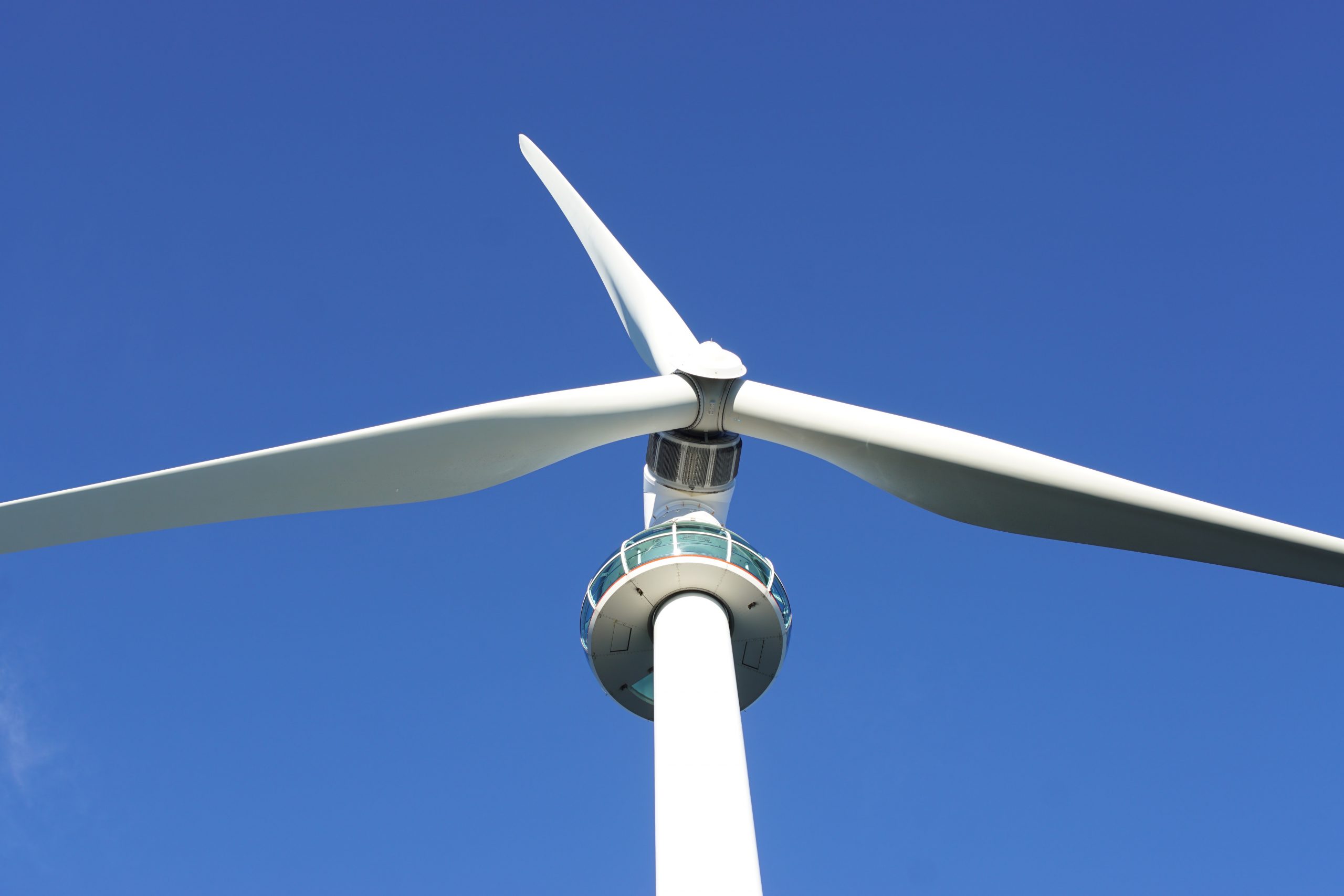
Wind energy development has dramatically changed the global energy landscape over the past few decades. Since 2019, U.S. wind energy development has grown 85%, with over 122,468 MW of installed wind across the country. [1] U.S. wind development is forecasted to increase by another 10% by the end of 2021. [2] According to the U.S. Department of Energy’s Wind Turbine Database nearly 70,000 turbines have been installed from 1980 to March 2021. [3] As of December 2020, over 6,000 utility-scale turbines have been installed in Illinois, with more than 34 active manufacturing facilities in the state helping to build a renewable energy workforce across Illinois. [4]
Illinois’ first utility-scale wind farm was installed in 2006, and wind energy development quickly expanded across the state after the passage of the Illinois renewable portfolio standard (RPS) in 2007. The most recent updates to the state’s RPS in December 2016 under FEJA expanded the state RPS requirements to include an additional 1300 MW of new wind power to be built in Illinois by 2030. [5]
Research has found that a wind turbine’s service life can range between 15-25 years and U.S. EoL blades are estimated to range from 182,000 to 336,000 metric tons per year by 2050. [6] Most components of utility-scale wind turbines are recycled at the end of the machine’s life; however, there have been challenges found with recycling and recovery of blades. The design of wind turbine blades is perilous for efficient energy generation and the durability of the machine. Blade composition includes glass fibers, carbon fibers, thermoset or thermoplastic polymers, and metals, making them difficult to transport, recycle, and landfill and studies have found that most of the U.S. and global blades are landfilled or incinerated creating imminent air emissions and waste management issues for Illinois and beyond. [7] Processes have been explored for recovery of blade materials and include mechanical recycling, fluidized-bed recycling, pyrolysis recycling, microwave-assisted pyrolysis (MAP) recycling, chemical recycling (hydrolysis and solvolysis), high voltage fragmentation (HVF) recycling and blade life extension (LE), however, these processes have been found to be very energy-intensive, creating multiple issues around the recovery of high-value materials in EoL wind turbine blades [8]. It is imperative that states begin to prepare for the environmental impacts of EoL wind blades by identifying waste management strategies and solutions necessary for transportation, recycling, and recovery of EoL wind turbine blades.
[1] American Clean Power, ACP Market Report Fourth Quarter 2020, 2021
[2] U.S. Energy Information Administration, Short-Term Energy Outlook, 2021
[3] U.S. Department of Energy, U.S. Wind Turbine Database, 2021
[4] American Wind Energy Association, State Fact Sheet: Illinois, 2020
[5] Illinois General Assembly, Public Act 099-0906, 2017
[6] Electric Power Research Institute, Wind Turbine Blade Recycling Preliminary Assessment report, 2020
[7] Psomopoulos, et al., A Review of the Potential for the Recovery of Wind Turbine Blade Waste Materials, 2019 and Sakellariou, Current and potential decommissioning scenarios for end-of-life composite wind blades, 2017
[8] Jensen, et al., Wind turbine blade recycling: Experiences, challenges, and possibilities in a circular economy, 2018

